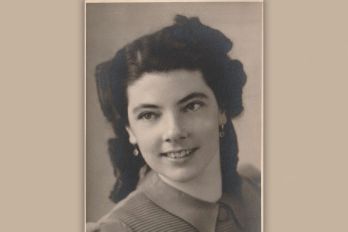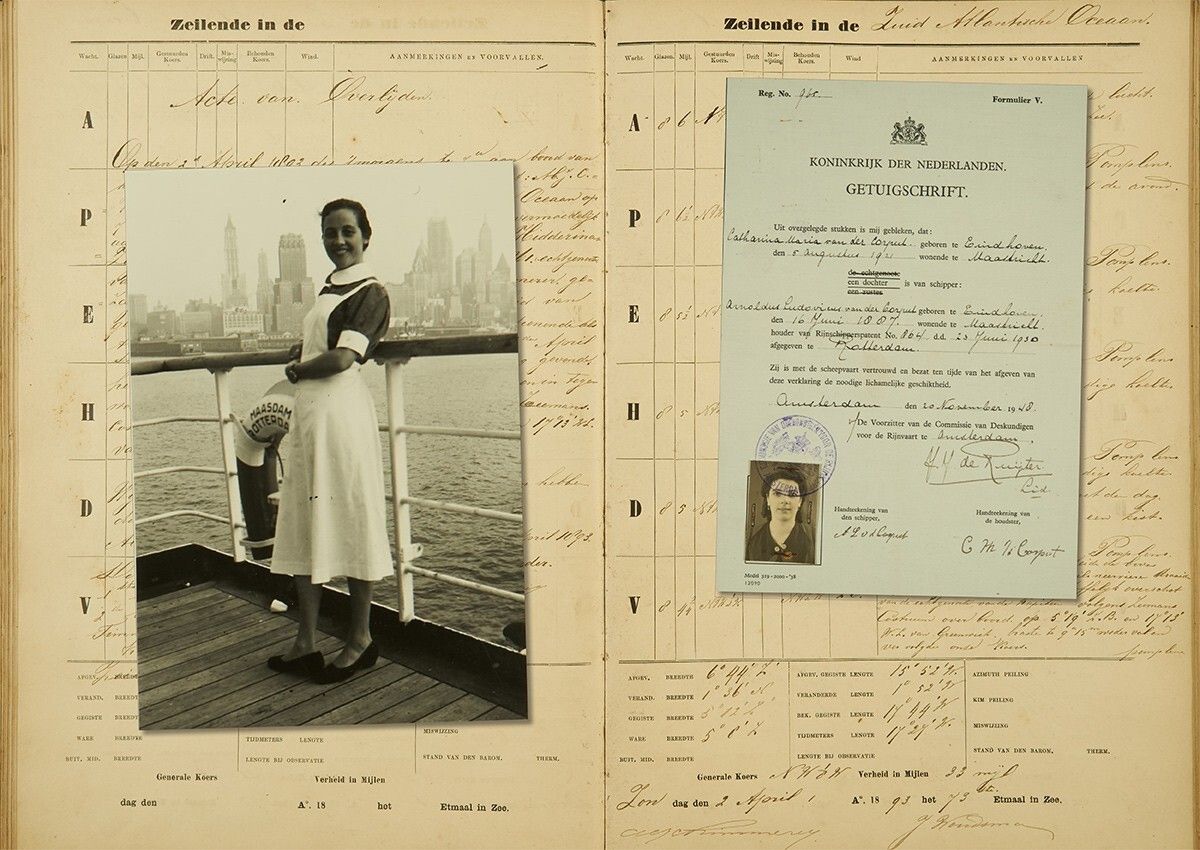
Results of research on maritime women
The research that our curator Irene Jacobs did with financial support from the NWO, focused on maritime women who can be found in the museum collection. Women who were active in the maritime world, such as seafaring, inland shipping, fishing or shipbuilding.
Objects that were the property of maritime women, show them, or relate them to them. The goal - to investigate the presence, role and significance of those women - was achieved to great satisfaction. Many of the results can be seen in the exhibition on Maritime Women that opens in October 2025 in the Maritime Museum. The research also became the foundation for more actively collecting objects from maritime women and describing those objects in more detail. With all the new knowledge, we can give a more realistic picture of women in maritime history.
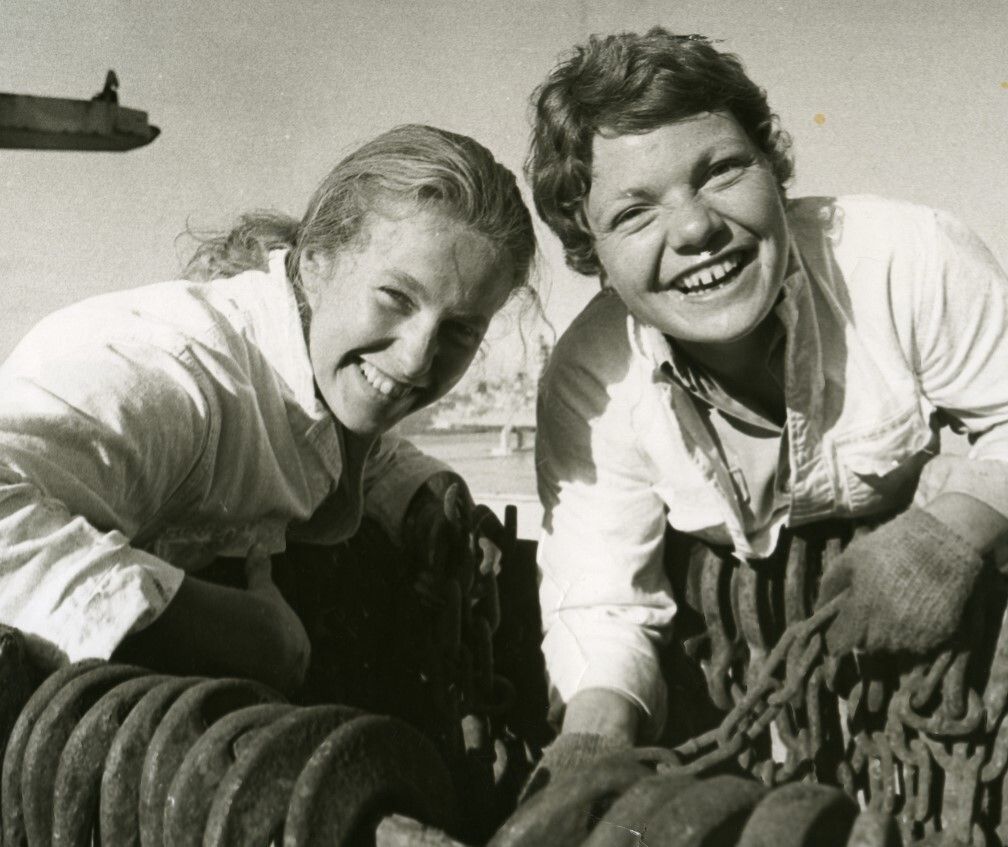
Maritime women in the collection
Because women have been studied relatively little in history - also in maritime history - Jacobs first delved into the museum collection, so to speak, to see what is now available of or about them.
And fortunately, it turned out to be quite a lot!
For example, we have a painted portrait or photos in the collection of approximately 280 maritime active women who we know by name, her muster book or diplomas, or archive documents that name her.
Thirty of them have been studied in detail. With questions such as when they lived, in which sector they worked, what they did, how big their company was or how many ships they owned, longer or shorter but always fascinating biographies have been written. And not only women working in the sector were studied, also several wives of sailing men. Because their role and presence also appears to be greater than was previously assumed.
Dive into four beautiful stories:
Discover the stories of Catharina Maria van der Corput, Maria Wilhelmina Johanna Soulier, Heinerika Hidderina Zeijlstra and Cornelia Schmid.
Not representative
Although the collection of the Maritime Museum cannot be seen as representative of the role and presence of all women in maritime history, it does provide a very useful indication. And what does our collection show?
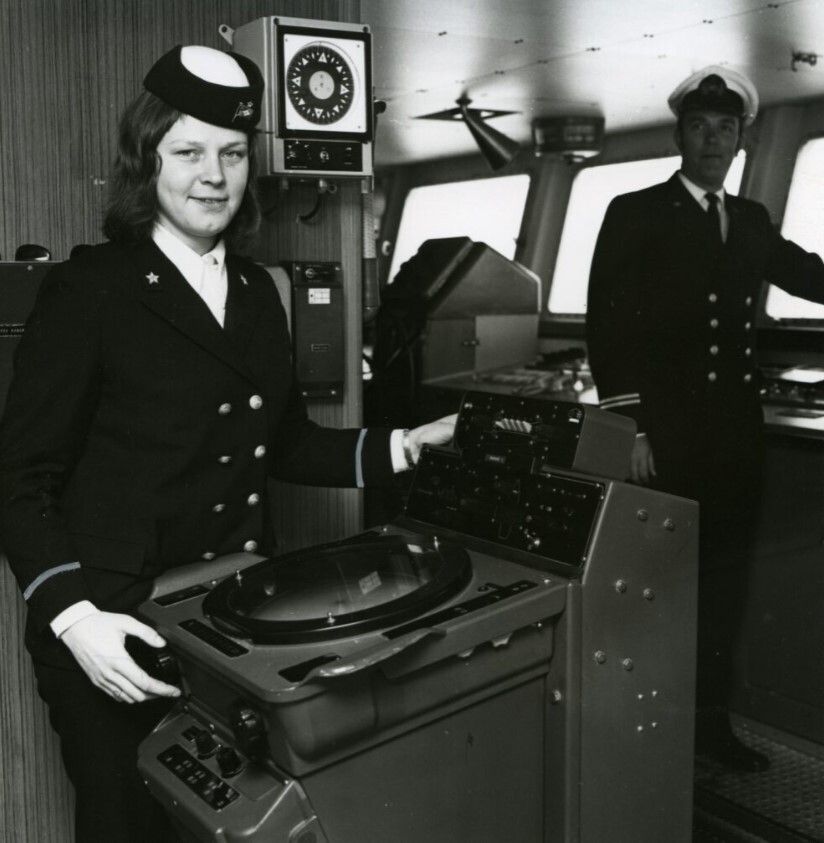
Women worked on board (in seafaring, coastal shipping, warships and inland shipping), in shipbuilding, as suppliers (such as the production of compasses, maps and flags), and in fishing and ports, and were owners of shipyards, ships and shipping companies. And that from the 16th century!
Women were on board, as active crew members and as passengers. They worked at sea not only in ‘serving’ (civil) functions, but also in the war fleet.
In the 17th century, Willemtje Gerrits (disguised as a man, because women were not allowed to sail) was a constable's mate on board the Maarsseveen, and fought in the Second Anglo-Dutch War. She survived when the ship sank in the Battle of Lowestoft on 13 June 1665.
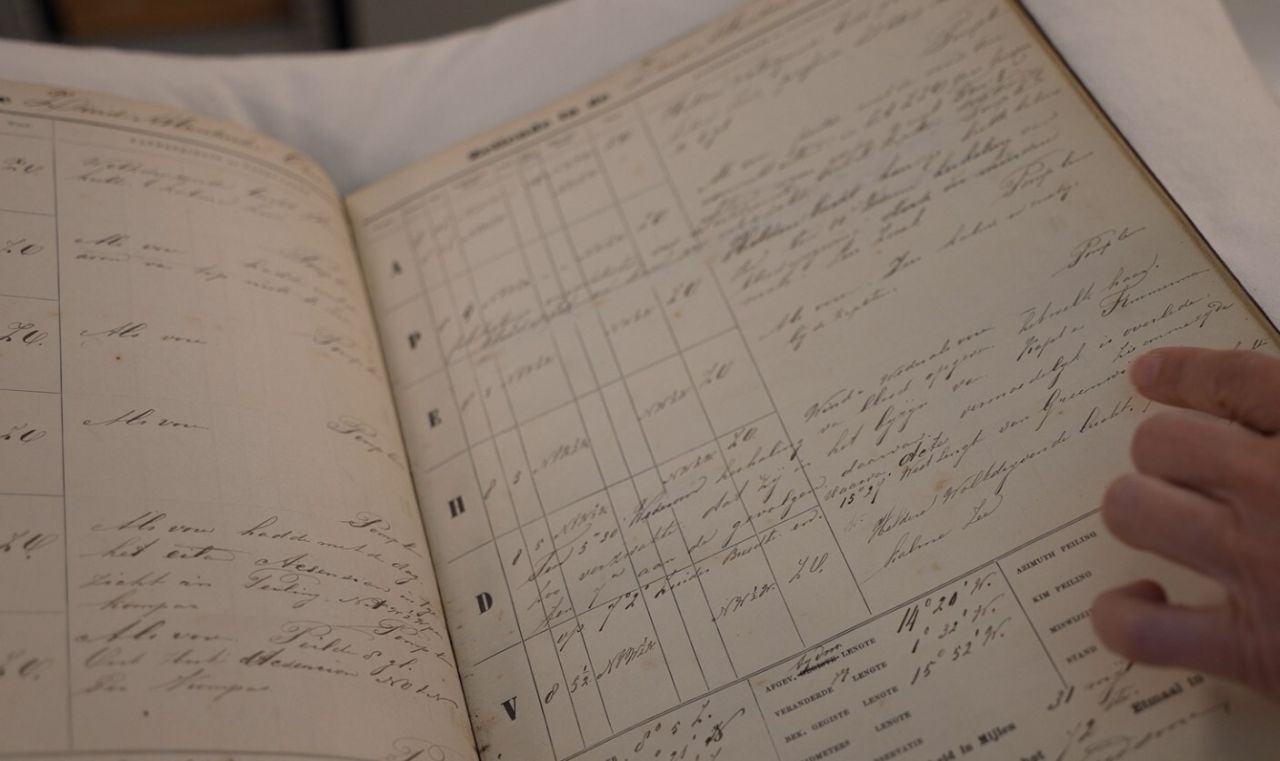
Research in the collection
The research in the collection also shows that the role of women in inland shipping was much more active than is often stated.
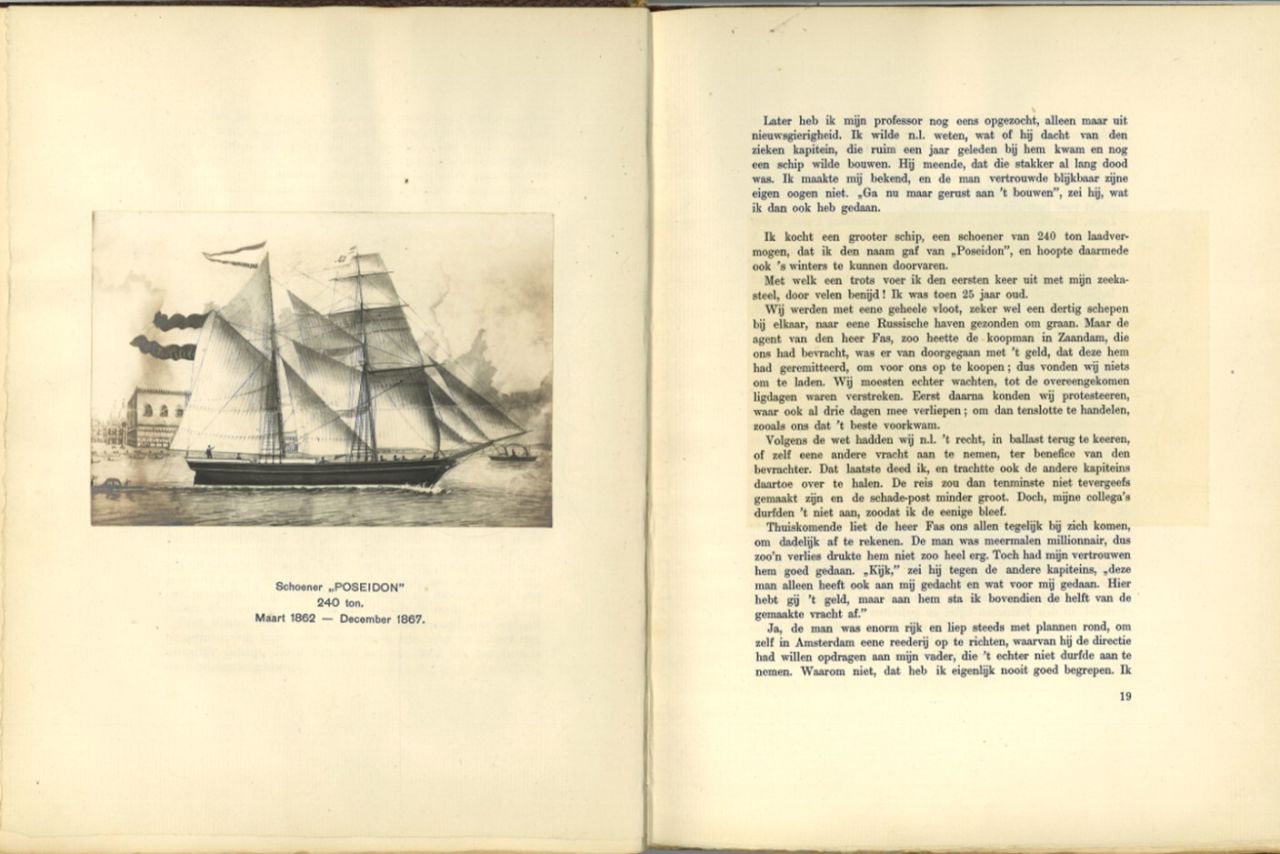
Women also owned barges, not just men. Married barge women often ran the barge together with their husbands. Actually very similar to other family businesses such as a farm.
A third sector where many women worked was the shipping industry – specifically passenger shipping. From the end of the 19th century until well into the 20th century, women worked here for the most part in the civil service: as nurses, nannies, stewardesses or stewardesses.
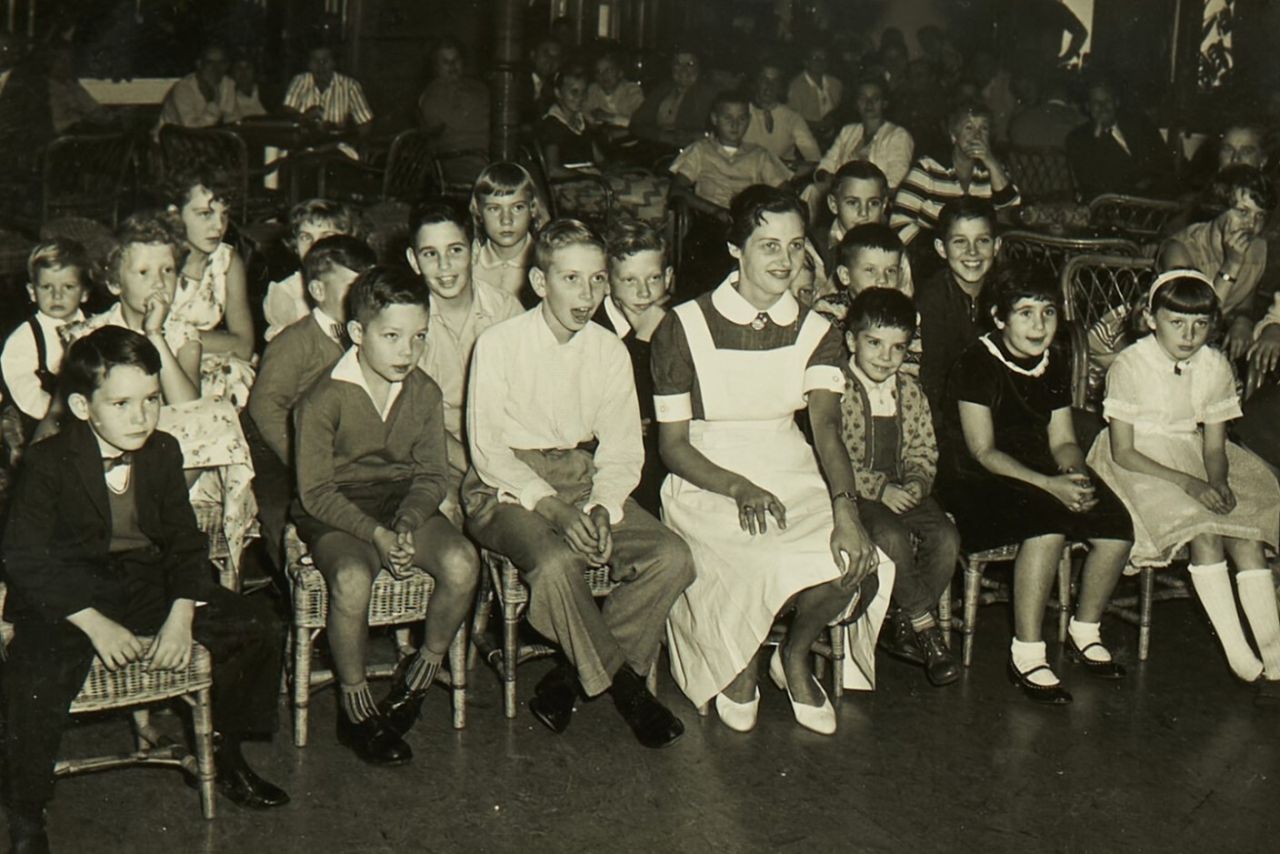
Surprising was the share of women who were active in shipbuilding, especially as owner or manager of a shipyard. From the 16th century to the present, in every century one or more ‘shipwrights’ were found!

